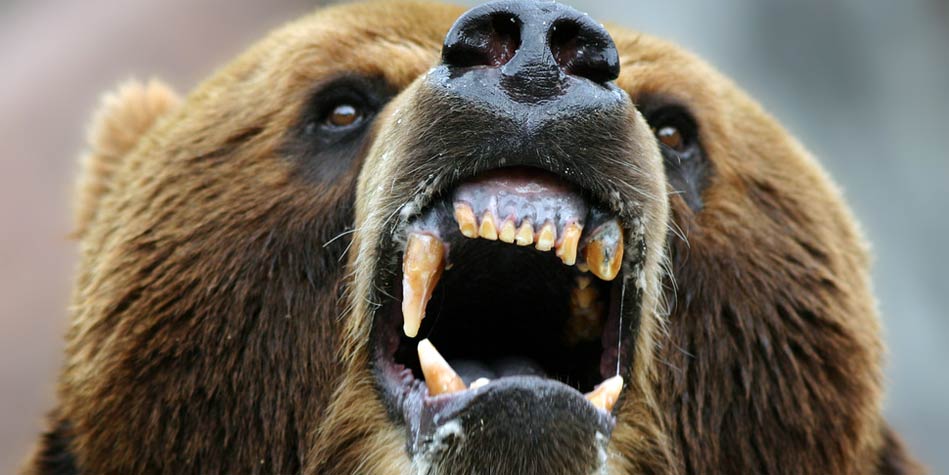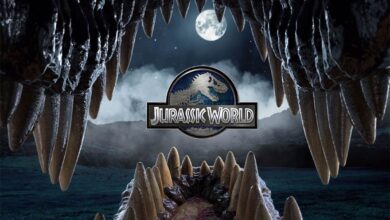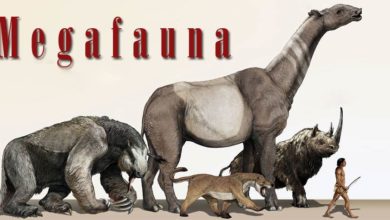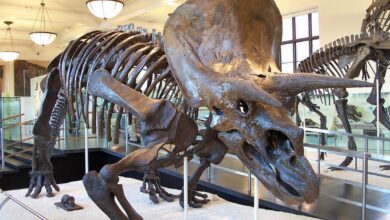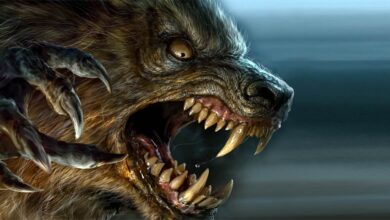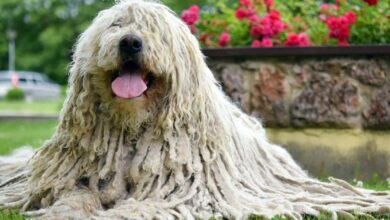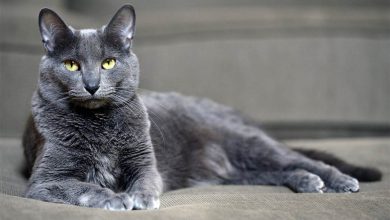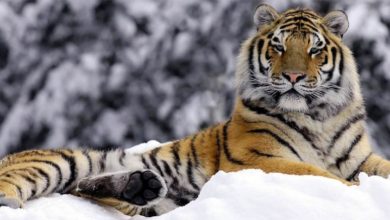Man-eaters: Kesagake – a vengeful bear
The Sankebetsu brown bear incident / Rokusensawa bear attack / Tomamae brown bear incident
In 1915, the Land of the Rising Sun became a place of brutal attacks by a certain bear. It prowled in Sankebetsu on the island of Hokkaido (the second largest island of Japan). At that time, Sankebetsu was a wild settlement in which not many people lived, but there were many bears nearby.
One of these bears was a powerful male named Kesagake. It was his habit to feed on corn fields, which became a real trouble for the settlers. To this day, attacks in Sankebetsu remain the bloodiest bear attack in Japanese history.
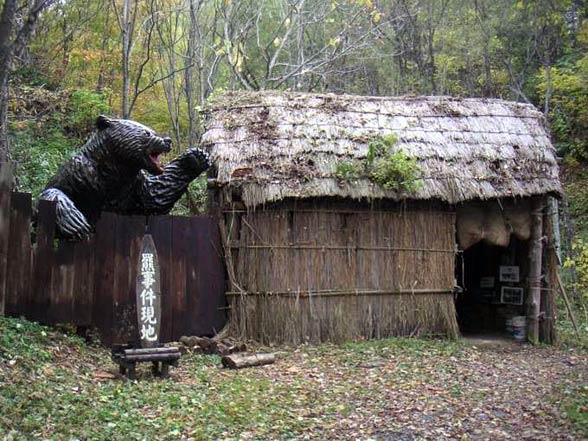
An unsuccessful attempt to kill a bear
Angry Japanese tried to kill Kesagake, but they only managed to shoot him up. The injured animal did not die, but escaped into the mountains. Satisfied peasants decided that the bear would remember the lesson and would not invade the territories of people anymore. Soon it would turn out how big was the mistake.
Bear Revenge
Kesagake arrived in human settlements again on December 9, 1915. This time he did not go to the corn fields, but invaded the house of the Ota family, where the wife of one of the settlers took care of a child. The bear first killed the child, then the woman. Before she died, she tried to defend herself by throwing various objects into the predator – in vain. The giant kidnapped the woman into the forest.
When other family members returned home, they found an empty house with walls and floors covered with blood. Thirty settlers went into the forest to kill the dangerous predator and recover the remains of the woman. When they met Kesagake, they started shooting at him, but this time they also failed to kill him. He escaped, leaving behind the woman’s under-eaten body, buried under the snow.

Subsequent attacks
After some time, the bear started to attack other houses: the Miyoke and Mauling families. Two children and a pregnant woman were killed in these attacks. In 2 days the bear managed to kill 6 people in total. Some victims who survived the attack died later from wounds. So far, the harsh settlers have been exposed to pale fear. Some were so terrified that they left their farms.
Other attacks
After some time, the bear started attacking more houses, this time he attacked the house of the Miyoke family. Two children and a pregnant woman were killed in these attacks. In 2 days the bear managed to kill 6 people. Some victims who survived the attack died later from wounds. Pale fear fell on the settlers. Some were so terrified that they left their farms.

Hunting
The animal was hunted on December 14, 1915 by one of the best Japanese bear hunters. The man joined a special group whose mission was to destroy the ruthless attacker. Kesagake was 2.7 m (8.85 ft) long and weighed 340 kg (749 lbs). Human remains were found in his stomach.
However, the bloody events that took place in Sankebetsu have had an impact here. It quickly became deserted, becoming a so-called ghost town.
Interesting facts
- To this day, attacks in Sankebetsu remain the bloodiest bear attack in Japanese history.
- The incident took place between December 9 and 14, 1915.
- The bear killed seven settlers in Sankebetsu.
- Japan’s most aggressive animal is… the Asian giant hornet (Vespa mandarinia), which kills an average of 40 people a year. However, this hornet is not dangerous without a reason – it attacks if it is provoked.


